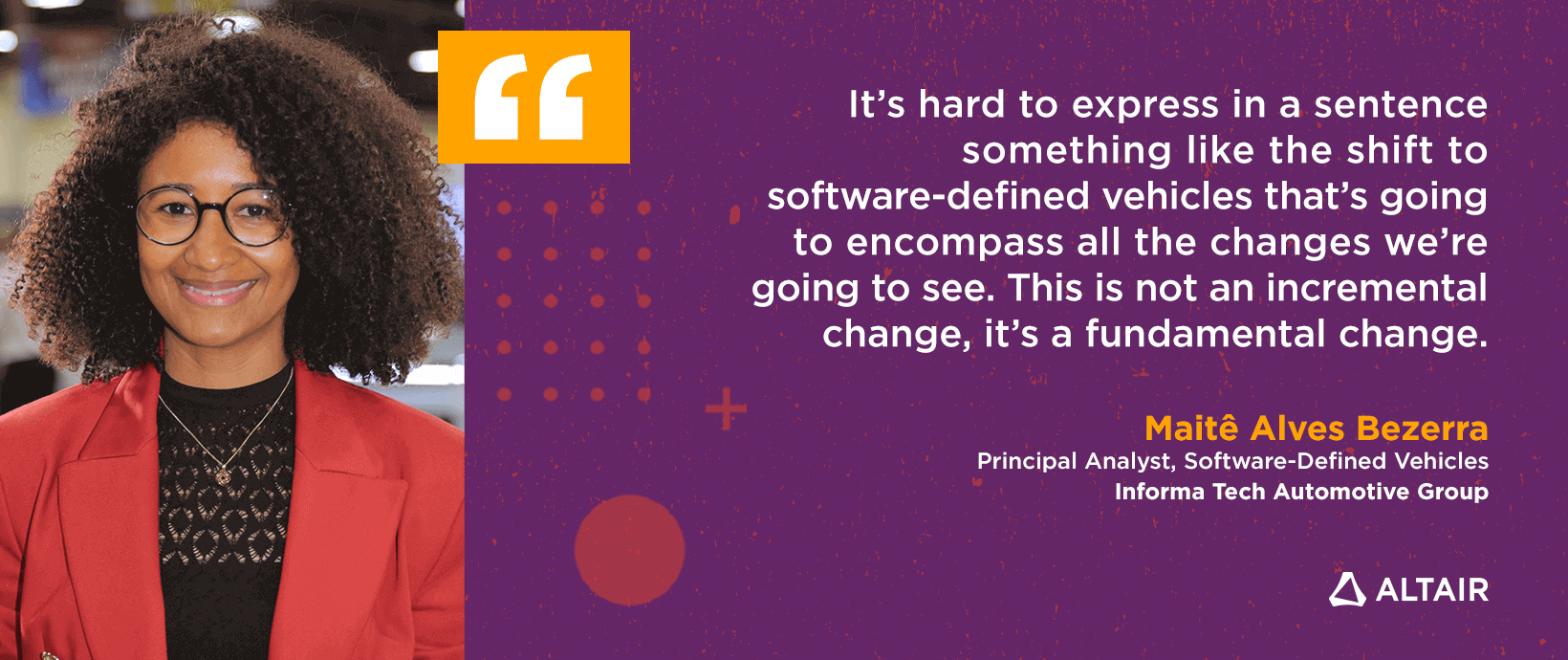Modernization of SAS Language Applications
The SAS language was originally created under a federal research grant at North Carolina State University to analyze agricultural data and improve crop yields in the early 1970s. It’s one of many computer programming languages used for data management and statistical analysis.
Typical Uses of SAS Language Applications
Organizations use the SAS language in a variety of applications and business areas, including:
- Data management
- Data preparation
- Extract-transform-load (ETL)
- Advanced analytics
- Predictive modeling
- Multivariate analysis
- Business intelligence (BI)
- Reporting
SAS language applications often leverage the full range of the SAS language’s powerful capabilities to support:
- Market research
- Credit scoring
- Churn analysis
- Fraud detection
- Insurance pricing
- Financial compliance
- Risk management
- Decision support
- Clinical research
- Healthcare
- Manufacturing
- Capacity planning
- Performance measurement
Modernization of SAS Language Environments
Some common drivers for modernization include:
- Reducing total cost of ownership
- Obtaining more flexible licensing terms
- Tapping internal and external skill pools familiar with Python and R, and visual, code-optional data science tools
- Adopting new cloud-native facilities and technologies
- Product supplier lifecycle mandates replacing current product/platform
Whether an organization is facing pressure to reduce costs or simply wants to move to a new cloud platform, businesses are looking at modernizing their SAS language environments.
Selecting Modernization Strategies
Many global enterprises using the SAS language have a lot of programs and models deployed in various ways, fulfilling many different business-critical requirements. As such, it’s likely that no single option can form a comprehensive SAS language modernization strategy. Large organizations may consider multiple options when modernizing depending on:
- Regulatory constraints
- Tolerance of business function to risk
- Performance expectations and service level agreements (SLAs)
- Costs, budgets, and timeframes
- Ease of adoption, training and resourcing of administrators, developers, and end users
- Desire to introduce new capabilities and facilities
- Unknown impact of replacement technologies
The Three Key Challenges to Modernization
People: Users have varying degrees of willingness and ability to accept new technology, regardless of how similar it is to what they’re familiar with. There are likely to be significant training requirements associated with moving to a new language, a new user interface, or a new platform. Administrators, power users, and IT teams will also need training on the replacement.
Process: Big organizations tend to support large numbers of users and workflows using SAS language applications, many of which are unique and important. Critical processes (for example, automated credit risk decisions) are often subject to multiple levels of government and/or industry regulation. Changing technology can require expensive, time-consuming revalidation. To remain compliant, models and decision-making processes must be transparent and explainable to regulators.
Technology: Core technical capabilities provided via the SAS language include access to and consumption of data, along with the development and execution of models that produce recommendations and/or decisions. The organization must maintain high levels of reliability, resilience, scalability, elasticity, performance, and cost-effectiveness.
Key Technology Considerations
Data storage: Proximity of data stored locally, remotely, distributed and in the cloud is a key factor in runtime performance. For example, persistent data files may be stored in departmental file shares or in cloud storage buckets.
Service Level Agreements (SLAs): It’s important to understand SLAs between stakeholders, including business users, IT, external customers, partners, and regulators. Business users may expect that machine learning models produce results within a specific timeframe. Regulators may expect a specific format of output. Customers may have paid for regular delivery of certain artifacts or APIs.
SAS language performance requirements: Properly built SAS language applications are fast and efficient. Any change of technology requires careful consideration of throughput and performance characteristics to understand the costs of target technologies, infrastructure, and architecture. Such requirements can vary depending on the specifics of each deployment and workload. SAS language applications typically make efficient use of computer resources, including CPU, memory, and bandwidth. Equivalent applications in R and Python can require significantly more computer resources. For example, the R language typically requires all data to be held in memory.
Licensing and environment: Software licensing can become complicated when moving on-premises applications to the cloud:
- Existing restrictive license terms (in particular, between on-premises and cloud deployments and between geographic regions)
- Pending obligations to upgrade or reconfigure to be compatible with new products
- Estimating data volumes, network ingress/egress, and processing capacity
Modernization Solution
Until recently, modernizing a SAS language software environment meant organizations needed to rewrite applications into another language.
Altair SLC™ provides the option the market has been waiting for: an alternative SAS language environment. With it, customers can switch suppliers in the same way as they might select a different C++ or Java compiler or a different database vendor while retaining their investment in existing IP and applications. This transforms the outlook for SAS language users seeking to build a future-proof data analytics strategy. Organizations can migrate to Altair SLC, which runs those same SAS language applications at reduced cost, along with the flexibility to embrace Python, R, and other technologies, including cloud platforms.
Migrating to Altair SLC is easy:
- Moving to Altair SLC requires minimal retraining, disruption, and risk of error compared to moving to other technologies.
- Altair SLC is highly efficient; it consumes far fewer resources compared to other replacement technologies that often solve performance problems by utilizing large-scale computing.
- Flexible Altair licensing terms, including Altair Units, provide peace of mind and flexibility.
Interested in learning more about how Altair SLC can run your SAS language programs? Request a demo of Altair SLC here.




